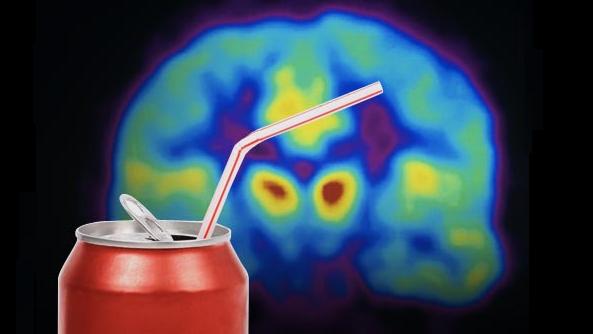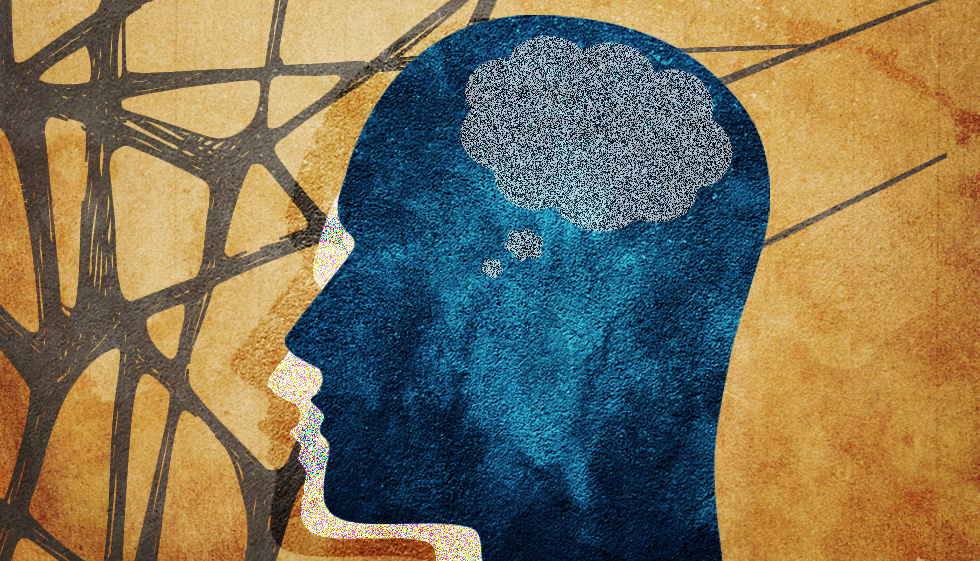A medical conference on gastroenterology will look at, amongst other topics, bariatric surgery as an option for both weight loss and controlling metabolic diseases.
IF you’re obese and want another option to lose weight, consider bariatric surgery. It has been proven to be an effective and sustainable method of shedding excess kilos.
Based on the United Nations Statistics Division 2012, among Asean countries, Malaysia has the highest percentage of obese people in the population (ie with a body mass index, or BMI of above 30 kg/m²).
There are 19.5% obese Malaysians, followed by Thailand (9.1%), Brunei (7.9%), Singapore (6.4%), the Philippines (6.1%), Indonesia (4.8%), Myanmar (4.1%), Laos (3.5%), Cambodia (2.2%) and Vietnam (1.5%).
Our consumption of high-caloric foods, combined with a lack of exercise, are the main culprits for this. But, thanks to medical advances, help is available.
“Bariatric surgery is basically a procedure to change the gastrointestinal tract to initiate early fullness.
“Most of the procedures create a restriction in the stomach. Some techniques have rearranged the gastrointestinal tract to reduce absorption of nutrients.
“In South-East Asia, we have achieved excellent results in terms of weight loss. The percentage of weight loss and remission rate of co-morbidities (the simultaneous presence of two chronic diseases or conditions in a patient) are comparable to the West, while our complication rates are as low as that in the West,” said bariatric surgeon Dr Suthep Udomsawaengsup from Chulalongkorn University’s (Thailand) Faculty of Medicine.
The most popular bariatric procedure in this region is sleeve gastrectomy (the removal of a portion of the stomach), and gastric bypass (making the stomach smaller, causing food to bypass a large part of the stomach, as well as parts of the small intestine, so that less nutrients and calories are absorbed).
The other bariatric procedure, gastric banding, is not common any more.
More women are prone to obesity compared to their male counterparts, and Dr Udomsawaengsup said hormones could be a contributing aspect. However, diet and exercise are still pertinent factors in weight control.
“For those who are morbidly obese (BMI of more than 37.5 or more than 32.5 with diabetes and/or high blood pressure and/or dyslipidaemia) and/or have obstructive sleep apnoea, bariatric surgery may be necessary,” he said.
Dr Udomsawaengsup said: “They have to understand the process well. After the operation, their life will be totally changed, but this will lead to better health. They will lose one to two kilogrammes a week. There are some patients who can trim themselves to their ideal body weight, but the majority will be able to lose 60-80% of their excess weight within a year or two.”
Initially, the procedure specifically targeted patients who had to lose weight, thus the name bariatric surgery. But lately, results have shown that the procedure is also effective for those who are not obese, but suffering from metabolic diseases such as diabetes.
“The positive effects on the obese with co-morbidities such as diabetes, gave us the idea of treating those with difficulty in controlling diseases through this procedure, so the terminology has been changed to metabolic surgery.
“The International Diabetes Federation has given approval for the surgery to be considered an option for treating diabetes,” explained Dr Udomsawaengsup
So essentially, metabolic surgery and bariatric surgery involve similar procedures, differing only in their stated goals.
However, he pointed out, “Bariatric surgery is a complex surgery. There are many challenges and complications that can occur at any point, but in a centre that regularly performs the procedure, the complication rate is acceptably low.”
Dr Udomsawaengsup will be presenting a talk on “Metabolic Surgery: The Asian Perspective” at a conference organised by the Malaysian Upper Gastrointestinal Surgery Society (MUGIS) and Seremban’s Tuanku Ja’afar Hospital from Sept 27-29. His presentation will address the rationale of performing the surgery on those with a BMI of less than 35.
Besides local speakers, there will be 15 international experts from Japan, Singapore, Hong Kong and Thailand, who will give their views on gastrointestinal disease.
Among other highlights at the three-day conference being held at The Avillion, Port Dickson, Negeri Sembilan, are “New Technologies in Diagnosis of Gastric Cancer” (Dr Akiko Shiotani, Japan), “Prevention of Gastric Cancer by H. pylori Eradication: The Japanese Experience” (Dr Tomoari Kamada, Japan) and “Detecting and Managing Complications of Metabolic Surgery” (Dr Assim Shabbir, Singapore).
According to consultant upper gastrointestinal surgeon and president of the newly-established MUGIS, Dr Ramesh Gurunathan, the field of bariatric surgery, although in its infancy locally, is a rapidly expanding one.
“We intend to create interest in this field, which is fairly new in Malaysia.
“We also like to keep abreast with current treatment of diseases related to the upper gastrointestinal tract by having regular meetings with local and international experts,” he said.
MUGIS was formed in March to bring together a community of homegrown upper gastrointestinal surgeons and to create awareness of upper gastrointestinal diseases among doctors.
“The conference – open to medical practitioners only – will encompass gastric and oesophageal cancer and obesity, which is on the rise in Asia. There will also be discussions on recent advances in treatment and how to manage these conditions,” said Dr Ramesh.
Thanks for installing the Bottom of every post plugin by Corey Salzano. Contact me if you need custom WordPress plugins or website design.













